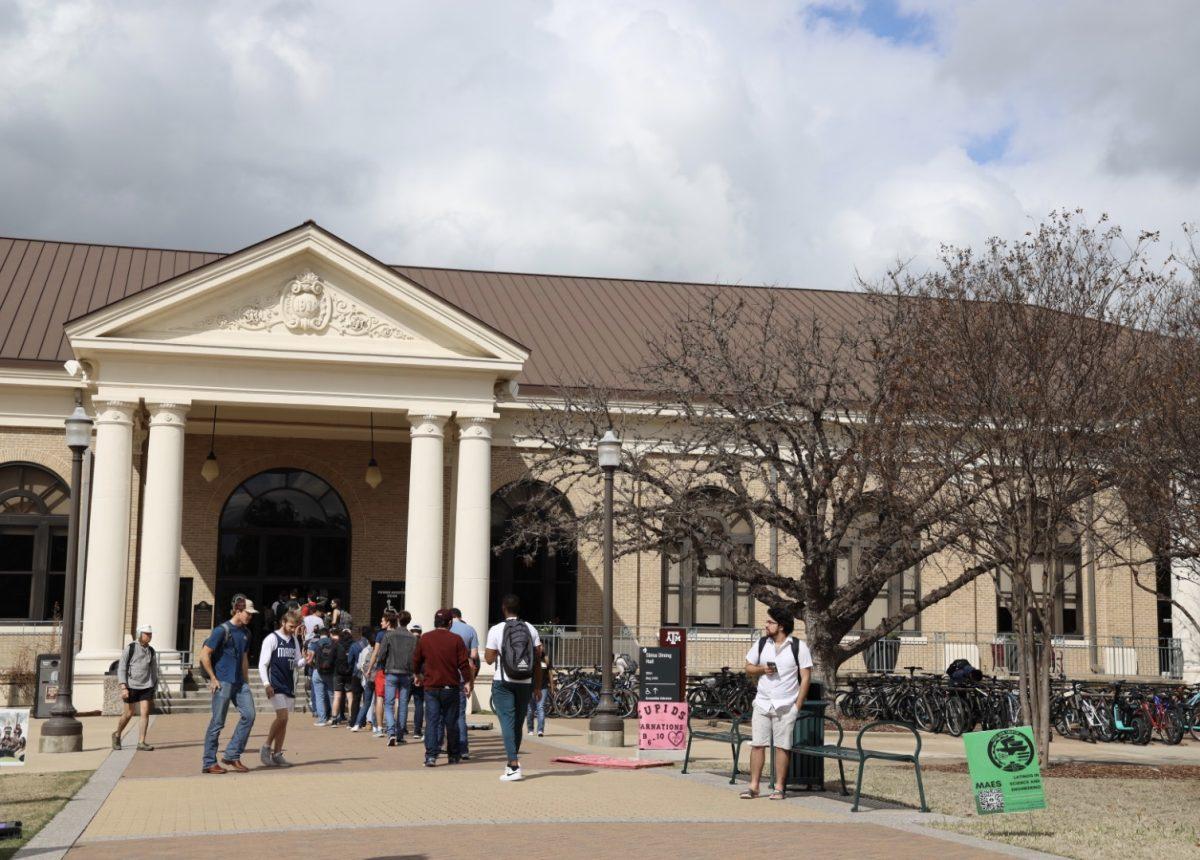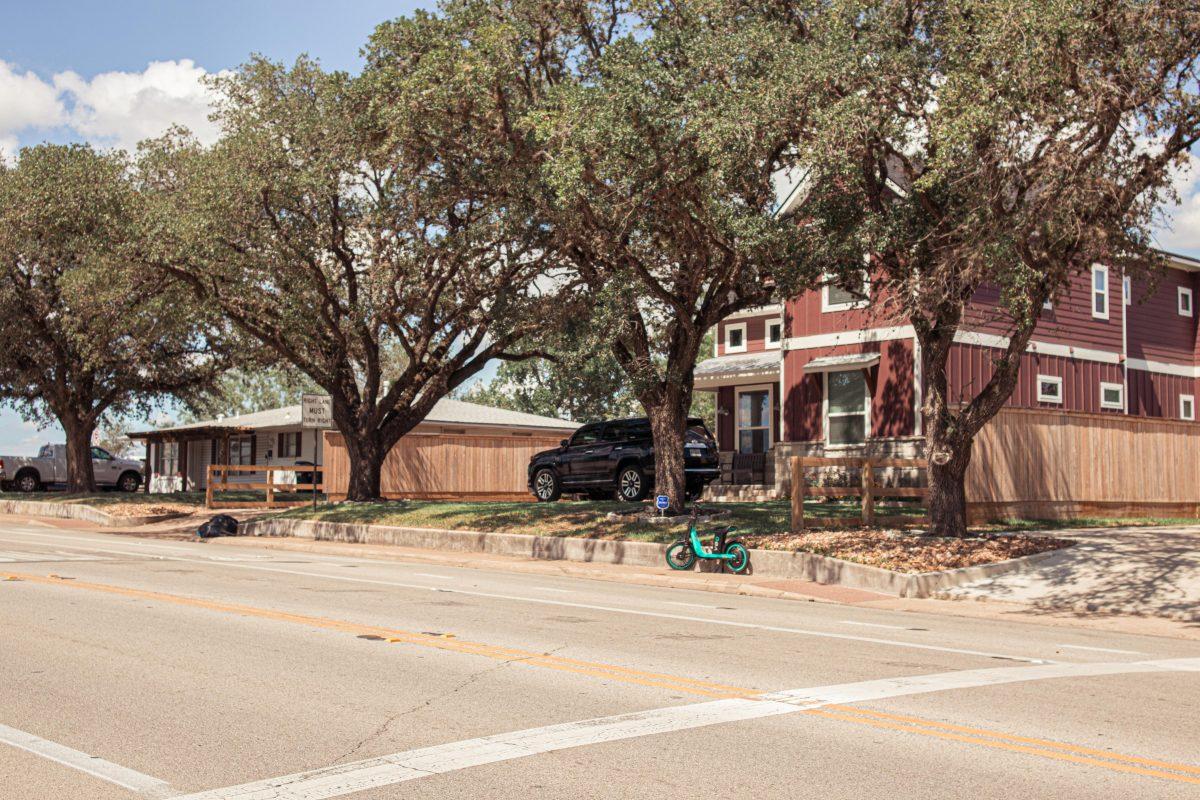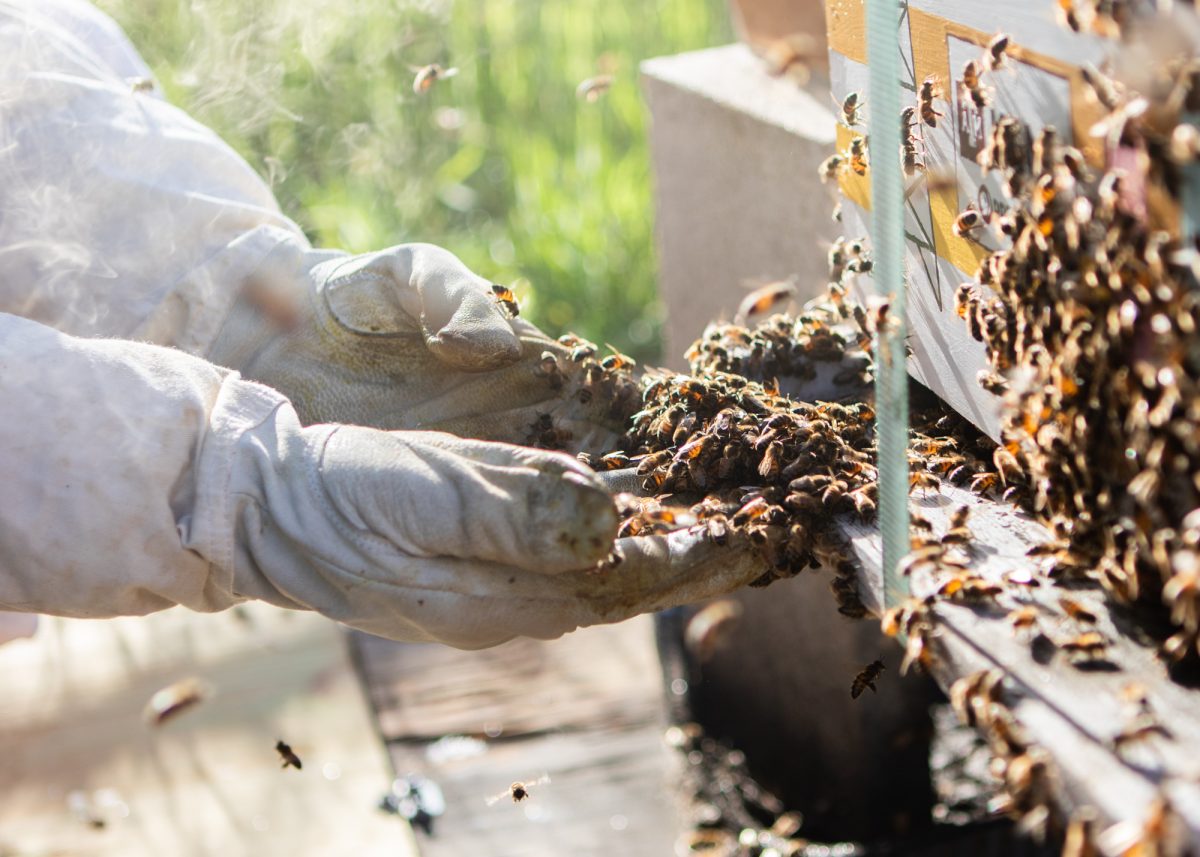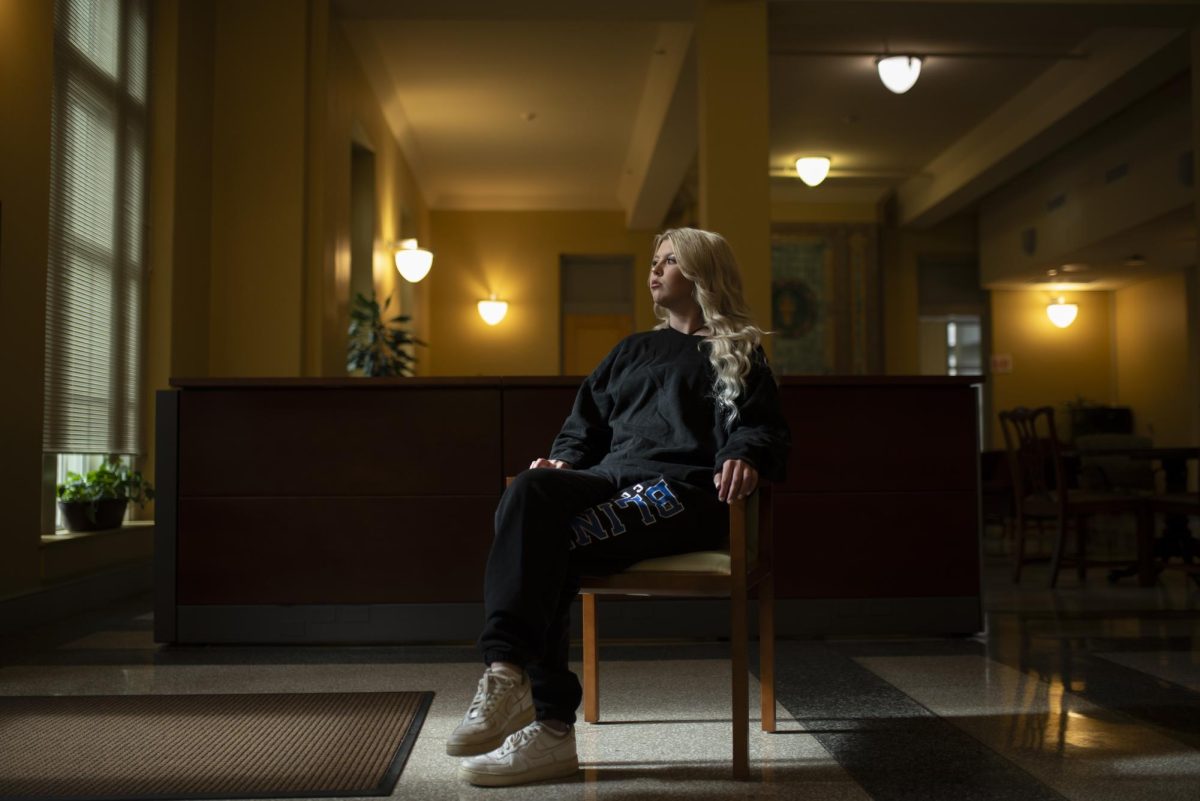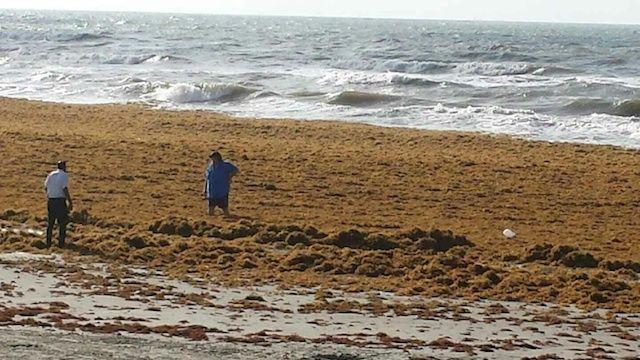Each summer locals and vacationers flock to the 370 miles of Texas coastline to relax and enjoy the beach. Each year millions of pounds of sargassum — more commonly known as seaweed — wash up on those same shores to greet them.
Galveston Island accumulated a record high of seaweed this year, and while visitors often complain about the smell as it decays, the coastal ecosystem is largely dependent on sargassum for its survival, said Robert Webster, lead researcher of the Sargassum Early Advisory System at Texas A&M Galveston.
The SEAS team, composed of Webster and seven undergraduate and graduate students, has monitored sargassum blooms in the Gulf of Mexico for the past three years.
Webster attributes this year’s unusually high accumulation to late cold fronts that Texas experienced in the spring, holding the sargassum in what Webster called “green waters,” or regions that are highly conducive to the seaweed’s growth. From there, the seaweed travels hundreds of miles to the Galveston coastline.
“There was a lot of seaweed this year,” said Lynna Jezek, sophomore anthropology major. “I’ve never seen it piled up so high when I went down to the beach. I didn’t expect it to be so bad.”
SEAS is currently developing an app for smartphones due to be released next spring that can monitor when and where sargassum blooms, Webster said.
The mobile app should allow beachgoers the opportunity to plan trips accordingly by tracking sargassum slicks in the ocean — much like one would use radar to track an approaching storm, Webster said. The project, which received funding from NASA, should help both scientists attempting to track seaweed blooms as well as vacationers planning a trip to the Texas coast.
Sargassum plays an important ecological function in the Gulf of Mexico and the Texas coast, Webster said. Sargassum swells form a floating island of biota that provides food and shelter for marine and avian life.
“To marine life out in the ocean, these floating islands of sargassum are an oasis in the liquid desert of the ocean,” Webster said. “Marine species migrate with it as it provides a shelter and food source.”
Ivette Wilhelm of the Galveston Visitor’s Bureau said the island’s ecosystems often rely on seaweed. Wilhelm said the Bureau doesn’t remove any of the seaweed, but does push it back, where it can be out of sight.
“Education is the issue when it comes to sargassum, we have to balance environmental consciousness with keeping the beaches accessible,” said Wilhelm “We run outreach programs to teach people of the significance of sargassum to our beaches.”
Webster said although sargassum has existed for more than four million years, its organic matter decomposes quickly, making it difficult to create trends over time.
“What we have seen is approximately 30 year cycles where sargassum accumulation is particularly high for seven to nine years,” Webster said. “The last heavy cycle we saw was 2001 to 2007, but heavy accumulation in 2010, 2012 and 2014 has lead us to question our current understandings.”
Galveston seaweed amount hits record high
July 28, 2014
Robert Webster, SEAS lead researcher, stands on a beach in Galveston, TX, where an unusually high amount of seaweed has washed ashore.
Photos Provided
Donate to The Battalion
Your donation will support the student journalists of Texas A&M University - College Station. Your contribution will allow us to purchase equipment and cover our annual website hosting costs.









